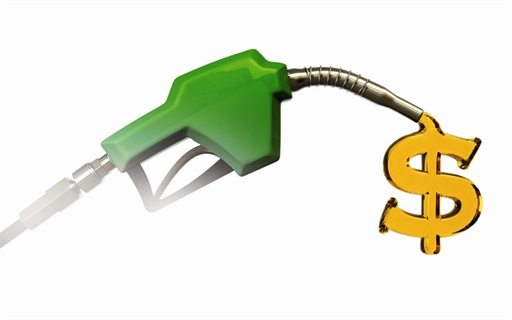
When Indonesia’s President Susilo Bambang Yudhoyono took office in late 2004, one of the legacies bequeathed him by his predecessor was a big gap between the world oil price and the domestic price of subsidized petroleum products. After agonizing for several months about the large and growing burden of energy subsidies on its budget, the new government introduced half-hearted increases in domestic prices, only to see the resulting subsidy-reduction gains rapidly eaten away by world price increases.
Six months of hand-wringing later, domestic prices had been allowed to increase further, and by proportionately much greater amounts—well in excess of 100% and enough to cause considerable public disquiet. Fearing the voters’ wrath, the president promised no further energy price increases until after the next presidential election, which was not due for another four years.
But this rash promise soon came back to haunt him. Global oil prices continued to increase rapidly, and the subsidies for fuel and electricity consumption quickly returned to earlier levels and then began to surpass them. Chronically unable to bring itself to accept reality, the government produced a draft budget for 2008 based on a projected oil price of $60 per barrel. By the time that budget was enacted last November, the price had risen to $90. After more months of agonizing, the $60 estimate was adjusted to $95 in late March—by which time the actual price was already above $100 and still rising by the day.
With oil at $100, energy subsidies for 2008 would have ballooned to an estimated $26 billion, a far cry from the $8 billion price tag attached to the original $60 per barrel assumption. Surprisingly, most of the debate on domestic energy prices has focused on the impact of growing subsidies on the budget deficit if prices remained unchanged. This would actually have been quite small, since the government derives large revenue increases from the oil and gas sector as the prices of these commodities rise. The likely impact on inflation has also created considerable interest, though it, too, would be modest.
Of far greater importance are the injustice and the sheer waste of valuable resources that result from energy subsidies. In short, Indonesia plunders its energy resources to finance current consumption—with 66% of the subsidy going to the wealthiest 40% of the population—instead of funding investment in human capital and infrastructure. Eliminating these subsidies would enable the government to more than double both the approximately $11 billion budgeted for capital expenditures and the $7 billion budgeted for health care and education.
For a very different story, all we have to do is flashback to 1973, when the OPEC cartel first began to flex its muscles. The resulting huge increases in world oil prices generated an enormous boost to Indonesia’s exports and a corresponding surge in government revenue. For all his faults, former President Suharto had the good sense to make sure that a very large proportion of these revenues was reinvested in infrastructure, education and health care. Even the considerable windfall gains that found their way into the pockets of his cronies were largely reinvested in private-sector activity. Much of the explanation for Indonesia’s remarkable economic progress during the Suharto era—including poverty reduction—can be found in these policies.
In contrast, the enormous increases in world oil prices over the last few years are not seen by the current president as a golden opportunity to increase spending on badly needed infrastructure, or to bring about improvements in the quality and quantity of education and health services. Such possibilities have been virtually ignored, and what could be a second oil boom is instead being dissipated under misguided energy policies.
The domestic energy price increases that took effect May 24—an average increase of 29%—are but a small step in the right direction. They still leave domestic prices far below world prices, and most of the subsidy reduction will be used to compensate the poor by way of targeted cash transfers and the provision of subsidized rice—consumption, not investment.
A disappointing aspect of all this is that the government still has not been able to bite the bullet and foreshadow further upward adjustments in energy prices, much less allow domestic prices to move automatically in line with world prices in the future. Yet it is the government control of these prices that makes changing them politically fraught—which means that adjustments are unduly delayed, and that they therefore become larger and more difficult to digest.
Somewhat inexplicably, given the long advance warning that domestic fuel prices would rise, the relevant authorities were still not ready to implement the necessary increase in public transport fares. The resulting protests and strikes by minibus drivers, for whom more expensive fuel translated immediately into significantly lower earnings, were as predictable and justified as they were avoidable.
Other protests have been driven mainly by student activists from various universities, whose tertiary education does not seem to have imbued them with the inclination to properly analyze the policy issues involved. Absent this analysis, the conclusion is always the same: Price increases are bad, end of story. Perhaps their response might have been different if the government had been able to couch the fuel price increases in terms of a reallocation of spending away from consumption subsidies and into investments in Indonesia’s future.
Authors Ross H. McLeod and Steve H. Hanke

0 responses on "Jakarta’s Fuel-Price Gauntlet"